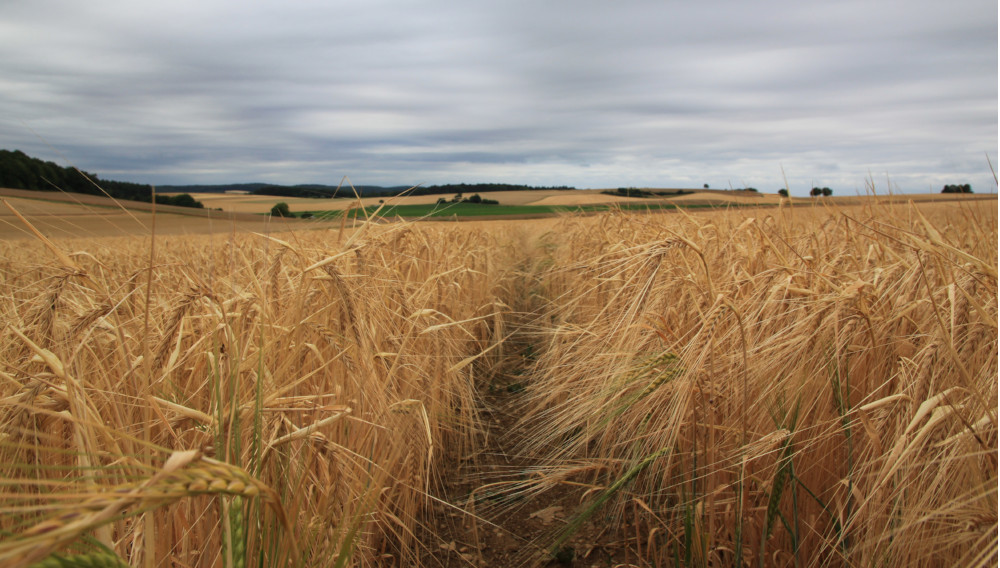European spring barely harvest 2019: Quality differences
Sufficient supply expected | Quality differences characterize this year's spring barley harvest in Europe. Protein content and screening vary greatly from region to region.
The drought, especially in southeastern Europe, has had a negative effect. Nevertheless, the market expects sufficient supply for Europe. However, the flow of goods is undergoing some changes.
France and Great Britain
In France, for example, low protein levels have been brought in. On average, the values range between 8.5 and 10.5 percent. The screening shows some weaknesses with values between 85 and 95 percent, depending on the region. France is one of the few countries in Europe that has expanded its acreage. Amongst others, they export the variety Planet to Germany at a significantly lower price than varieties recommended by the “Berliner Programm”. An export surplus of around 3.0 million tonnes from France is primarily attributed to the share of winter barley.
This year, exports from Great Britain, especially from England and Wales, are expected to increase by around 600,000 to 700,000 tonnes (other market observers expect lower figures). The British are already busy with the sale. Barley was to be sold before the planned Brexit in October. This put pressure on prices. The variety Planet is also exported from the island to Germany at a lower price than other varieties. Protein values from Great Britain are within the desired range.
Scandinavia
Denmark has significantly reduced its acreage. Protein and screening are average. Production is nevertheless at the same level as last year. The export potential of 892,000 tonnes is again at the usual level for this country. The harvest in Sweden was similar to that in Denmark. The dry weather conditions in June led to a higher protein content in Finland.
Germany, Austria and Czech Republic
The German harvest is also characterized by weak screenings and either too high or too low protein, depending on the region. In areas with less irrigation, such as Lower Saxony this year, cultivation is expected to be significantly reduced in 2020. A further decline in acreage is also expected in eastern Germany due to the low yields. The import demand for the malting industry will be about 1 million tonnes.
In Austria, the combination of a lack of winter humidity and drought until the end of April followed by a wet May led to major screening problems. Since rapid maturity in June led to weak screenings of 20 to 95 percent, yields were also rather weak.
The Czech Republic also reports weak screenings of 84 percent maximum due to the hot and dry June. There is even talk of considerably weaker values. A further decline in the acreage used for spring barley is expected here due to the third problematic harvest in a row. There is a demand for imports of 60,000 to 80,000 tonnes this year. This means that no Czech goods will reach Bavaria. On the contrary: Bavarian barley will be imported into the Czech Republic. Great Britain and Denmark are also preferred sources for barley imports. In Slovakia, screening is even weaker at 56 percent.
With these major quality differences, the processors' tolerance threshold is once again under pressure this year. Winter barley can compensate part of the demand. The brewers’ acceptance of winter barley is increasing to ensure security of supply. However, declining prices for spring barley still indicate a sufficient supply.
Authors
Ina Verstl
Source
BRAUWELT International 2019



